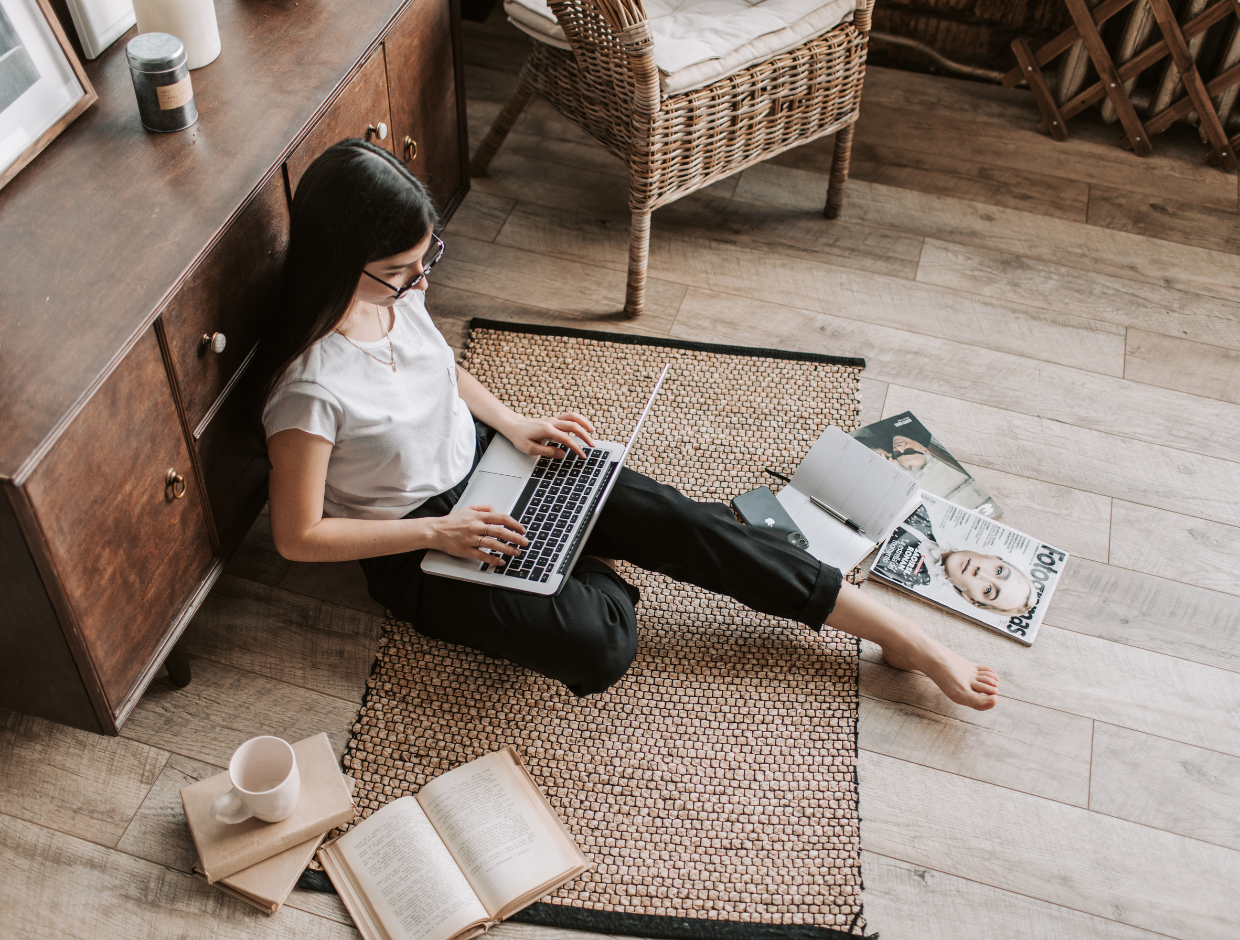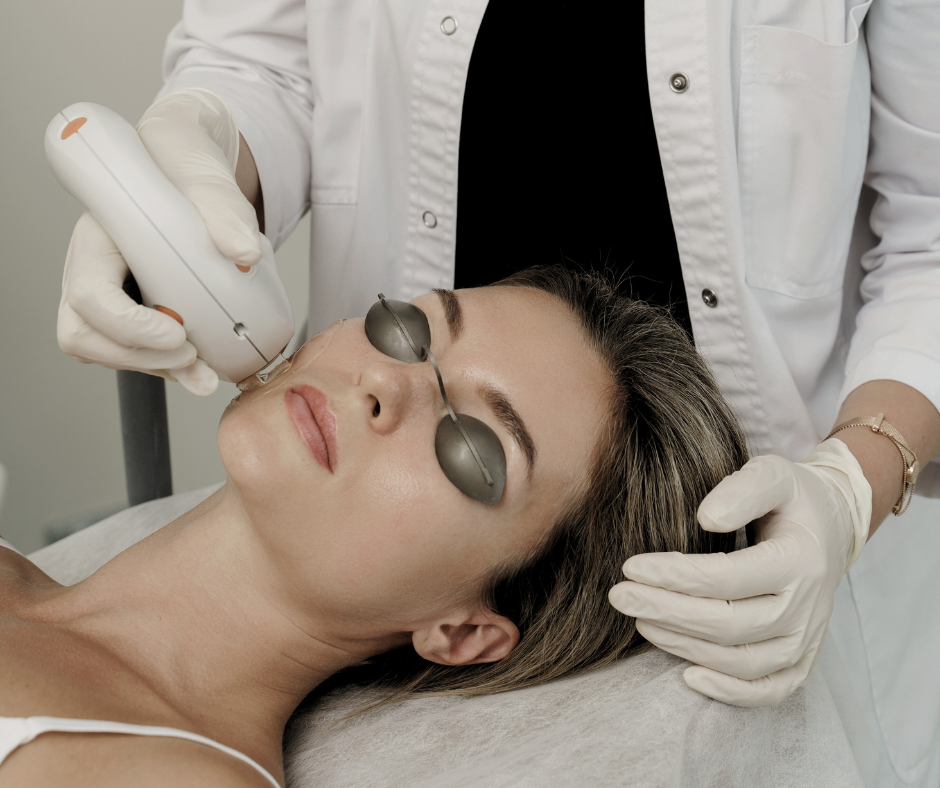

What is IPL and Do At-Home Treatments Work?
Summary
Reflection Questions
Journal Prompt
Intense Pulsed Light (IPL) therapy, a widely utilized cosmetic treatment, has garnered significant attention in both professional and home settings due to its diverse applications in skin and hair treatments. In this article, we aim to provide a comprehensive overview of IPL technology, delineating its mechanisms, exploring its range of applications, and particularly assessing the efficacy of at-home IPL devices. We hope to offer an informed perspective on the effectiveness and practicality of IPL treatments, thereby enabling readers to better understand the capabilities and limitations of this technology in various contexts. Of course, there is no substitution for guidance from an expert in clinical and aesthetic dermatology. Please seek advice from a medical professional before using IPL hair removal devices or other beauty tech at home.
Understanding IPL Technology
Intense Pulsed Light (IPL) is a technology used in various dermatological procedures, including cosmetic treatments. Originating in the 1990s, IPL employs a broad spectrum of light with multiple wavelengths to target different skin conditions.
Unlike lasers that emit a single wavelength of light energy, IPL releases light of various wavelengths. This technology has evolved over time, leading to the advent of at-home IPL devices, which are designed to offer a more accessible and convenient option for individuals seeking cosmetic improvements.
How IPL Works
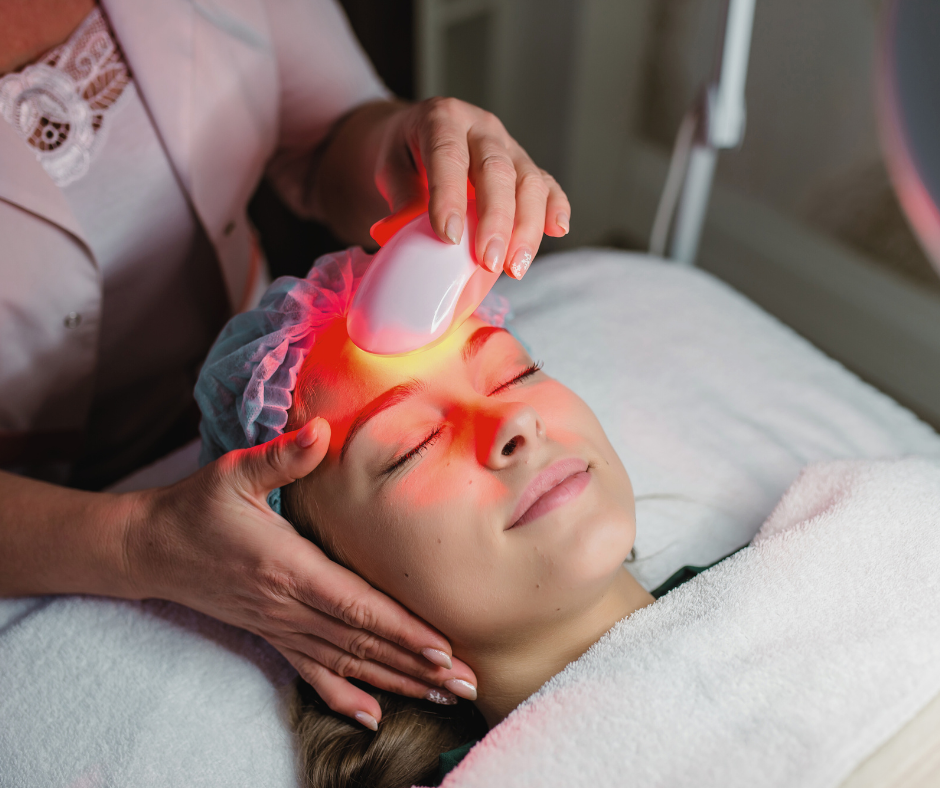

IPL works by emitting a range of light wavelengths that penetrate the skin and are absorbed by specific targets, such as melanin in hair or pigmentation in sunspots. The absorbed light energy is converted into heat, which damages the target cells while sparing the surrounding tissue. This fundamental principle remains the same in both professional and at-home devices.
However, professional IPL machines are typically more powerful and offer greater precision compared to at-home devices, which are designed for safe and user-friendly application with lower energy outputs.
Applications of IPL
IPL is versatile in treating a variety of skin conditions and cosmetic concerns. In professional settings, it is commonly used for hair removal, treating hyperpigmentation, sun damage, and age spots, as well as reducing the appearance of fine lines and wrinkles.
IPL is also effective in managing vascular lesions like spider veins and rosacea. With the introduction of at-home IPL devices, users can now address some of these concerns, particularly hair removal and some aspects of skin rejuvenation, in the convenience of their homes, though with varying degrees of effectiveness compared to professional treatments.
IPL for Different Treatments
Hair Removal
Intense Pulsed Light (IPL) is extensively used for hair removal, targeting the melanin in hair follicles to inhibit growth. Professional IPL treatments offer higher intensity and precise targeting, leading to more effective and longer-lasting results.
At-home IPL hair removal devices, while less potent, provide a convenient and more affordable alternative for hair removal, suitable for regular maintenance. However, the efficacy of these devices can vary significantly based on the individual’s hair and skin type, and they typically require more frequent use to maintain results. In fact, many IPL hair removal devices cannot be used on darker skin tones or very light hair.
Skin Rejuvenation
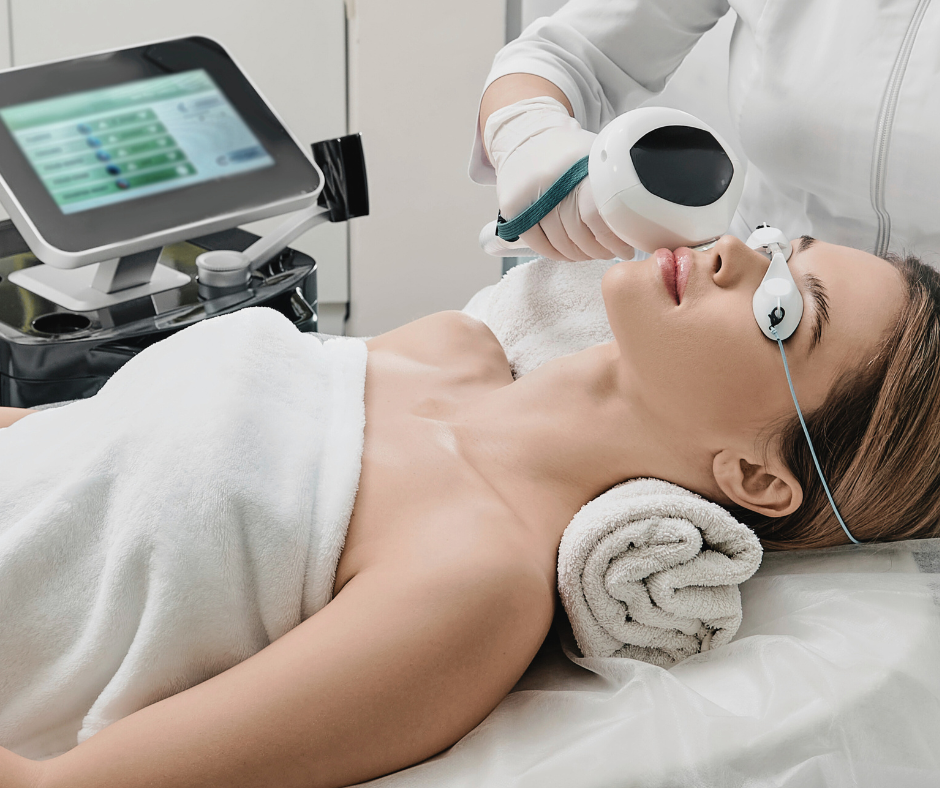

As for skin rejuvenation, IPL is employed to improve skin texture, reduce the appearance of wrinkles, and diminish sun-induced pigmentation. Professional IPL treatments can deliver intense, targeted pulses of light, which are effective in stimulating collagen production and addressing various skin irregularities.
At-home IPL devices, with their lower intensity, can also contribute to skin rejuvenation but may offer more subtle results over a longer period of use. Both methods, however, can be integral in achieving a more youthful and even skin appearance.
Treating Vascular Lesions
IPL can be effective in treating vascular lesions such as spider veins and rosacea by targeting the hemoglobin in blood vessels. Professional IPL treatments are typically more effective due to the higher energy levels, allowing for deeper penetration and more significant lesion reduction.
At-home IPL devices may offer some benefit in treating superficial vascular lesions but are generally less effective for deeper or more pronounced vascular concerns. Professional consultation is often recommended for assessing the suitability of IPL for specific vascular conditions.
Acne Treatment
The use of IPL in managing acne involves targeting both the bacteria that contribute to acne and the inflammation. Professional IPL treatments can significantly reduce acne lesions and are often used in combination with other therapies for a comprehensive approach.
The use of at-home IPL devices for acne treatment is emerging, with these devices being designed to offer a gentle and safe option for managing mild to moderate acne. However, the efficacy of at-home IPL for acne is still subject to ongoing research and varies among individuals.
The Science Behind IPL: How Does IPL Work?
The scientific principle underpinning IPL’s effectiveness is based on the theory of selective photothermolysis. This process involves the absorption of light energy by specific chromophores in the skin, such as melanin in hair follicles or hemoglobin in blood vessels.
Upon absorption, this energy is converted to heat, selectively damaging these chromophores while sparing surrounding tissues. In professional settings, IPL devices can be calibrated to emit specific wavelengths suited to targeted treatments, whereas at-home devices typically use a broader spectrum at lower energy levels, requiring more sessions to achieve similar results.
Comparative Effectiveness
Comparing professional and at-home IPL treatments in terms of effectiveness and safety reveals notable differences. Professional treatments, with their higher energy output and customizable settings, can achieve more pronounced results in fewer sessions.
They also allow for a more controlled application, reducing the risk of adverse effects when operated by trained professionals. In contrast, at-home devices are designed for safety and ease of use, with lower energy outputs that make them less effective per session but reduce the risk of skin damage or other complications associated with higher energy levels.
Research and Studies
Research and clinical studies provide essential insights into the comparative effectiveness of professional versus at-home IPL treatments. Studies typically show that professional IPL treatments yield more immediate and noticeable results, particularly in hair reduction and treating complex skin conditions.
However, emerging research on at-home devices indicates incremental improvements in hair reduction and skin rejuvenation over prolonged use. It is important to note that the efficacy of at-home devices can vary significantly based on individual factors such as skin and hair type, necessitating a more personalized approach to their use.
Comparing IPL to Other Methods
Comparing Intense Pulsed Light (IPL) with other hair removal methods and skin treatment devices or approaches involves examining various aspects such as the technology used, effectiveness, suitability for different skin types, cost, and potential side effects.
IPL vs. Laser Hair Removal
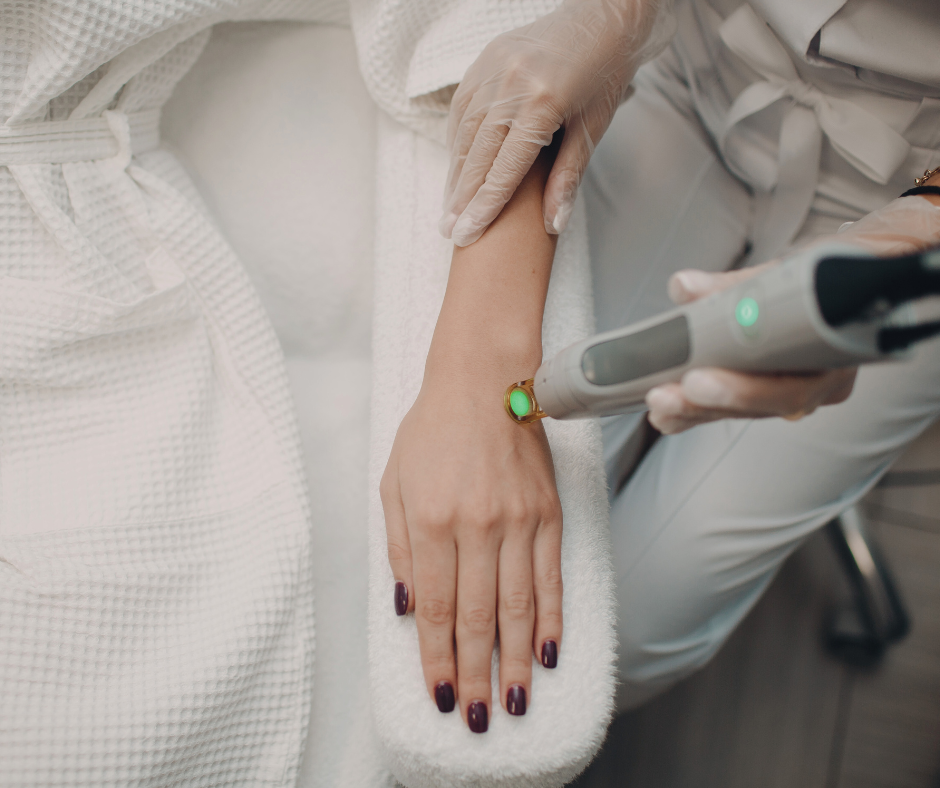

Technology: While both IPL and laser treatments use light to target hair follicles, IPL uses a broad spectrum of light with multiple wavelengths, whereas laser treatments use a single, focused wavelength of light.
Effectiveness: Laser hair removal is generally considered more precise and effective for hair reduction, especially for people with darker hair and lighter skin tones. IPL is effective but may require more sessions for comparable results.
Skin Suitability: Laser treatment can be more precisely tailored to suit different skin and hair types, whereas IPL works best on individuals with light to medium skin tones and dark hair.
Cost: IPL is usually less expensive per session than laser treatments but may require more sessions to remove all unwanted body hair.
Side Effects: Both treatments can cause redness or irritation, but lasers have a higher risk of burns if not performed correctly.
IPL vs. Electrolysis
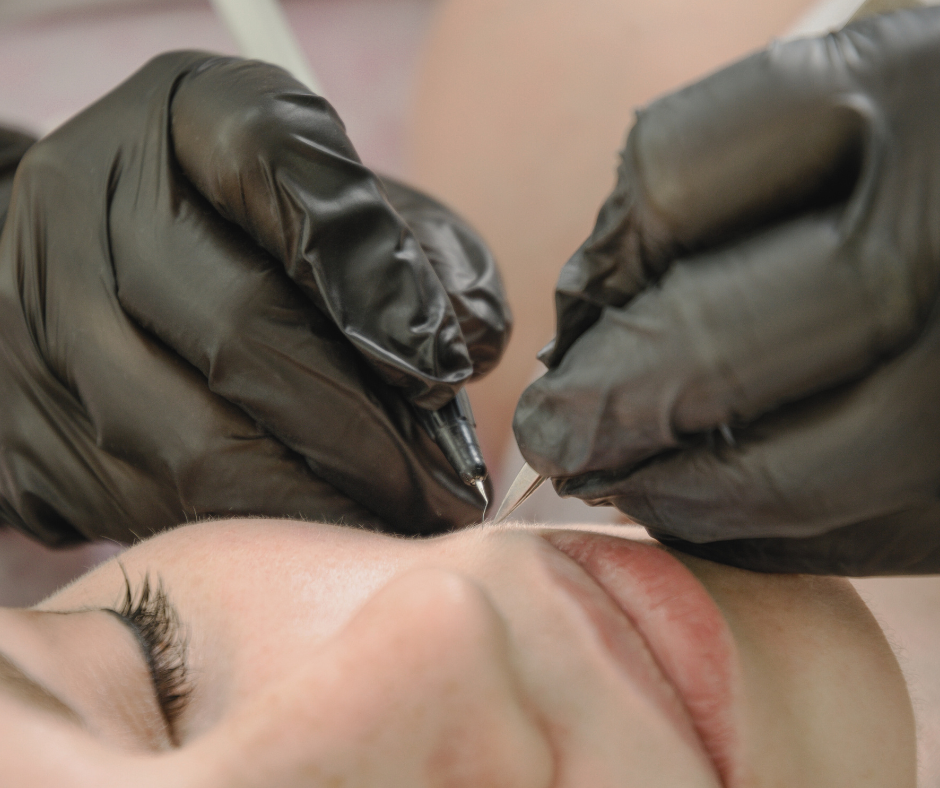

Technology: Electrolysis involves inserting a fine needle into the hair follicle and applying an electric current to destroy the hair root, while IPL uses light energy.
Effectiveness: Electrolysis is effective for all hair and skin types and is the only FDA-approved method for permanent hair removal. IPL offers a reduction of unwanted hair but is often temporary.
Skin Suitability: Electrolysis is suitable for all hair and skin types, including light-colored hair. Every skin tone and hair color is not compatible with IPL.
Cost: Electrolysis can be more costly and time-consuming, as it treats each hair follicle individually.
Side Effects: Electrolysis can be more painful and may cause skin redness and swelling.
IPL vs. Waxing/Shaving
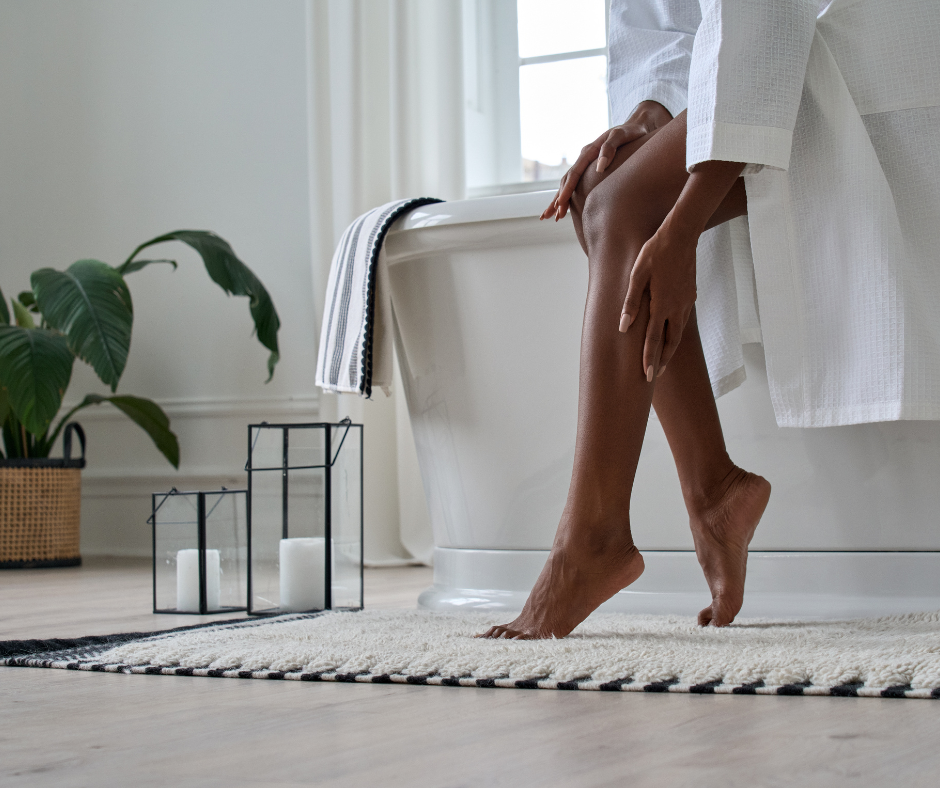

Method: Waxing and shaving are mechanical methods to remove hair from the surface of the skin, while IPL targets the hair follicle.
Effectiveness: Waxing and shaving provide immediate results but are temporary, while IPL offers long-term hair reduction.
Skin Suitability: Waxing and shaving are suitable for all skin types but can cause irritation or ingrown hairs.
Cost: Waxing and shaving are less expensive in the short term but require continual maintenance. Hair growth is not stopped by either, whereas an at-home IPL device can slow hair growth and lead to permanent hair reduction in some people.
Side Effects: Both can cause skin irritation, and waxing can lead to pain and temporary redness.
IPL vs. Chemical Peels and Microdermabrasion (for Skin Treatment)
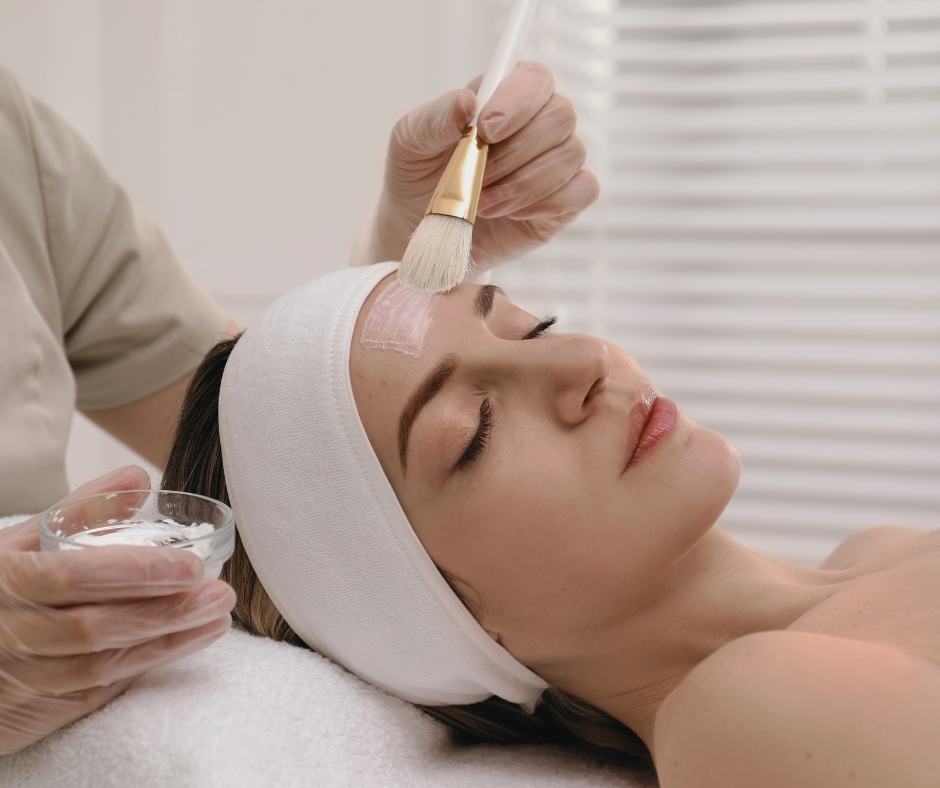

Technology: Chemical peels involve applying a chemical solution to exfoliate the skin, while microdermabrasion uses physical exfoliation. IPL uses light to target deeper layers of the skin.
Effectiveness: IPL is effective for addressing pigmentation, redness, and some aging concerns, while chemical peels and microdermabrasion are more effective for surface-level skin issues like fine lines, minor scars, and acne.
Skin Suitability: Chemical peels and microdermabrasion can be tailored to different skin types but may not be suitable for very sensitive skin, while IPL requires careful consideration for darker skin tones.
Cost: The cost of these treatments can vary, but IPL generally requires fewer sessions.
Side Effects: All treatments can cause redness and sensitivity. Chemical peels may also cause peeling, and IPL can cause temporary pigment changes.
To sum it up, while IPL is a versatile and effective option for hair reduction and certain skin treatments, its suitability and effectiveness compared to other methods vary depending on individual skin and hair types, desired outcomes, and cost considerations.
Practical Considerations
A typical professional IPL treatment involves a thorough initial consultation, followed by the application of a cooling gel and the use of the IPL device on targeted areas. The procedure, taking from a few minutes to an hour, may cause mild discomfort akin to a rubber band snap. Post-treatment care includes avoiding sun exposure and applying sunscreen.
At-home IPL treatments, while less intensive, require users to follow specific guidelines for device operation, often involving gliding or stamping the device over the skin. Regular treatments over several weeks to months are necessary for visible results, with the process generally being less uncomfortable due to lower energy levels.
Cost and Accessibility
The cost of professional IPL treatments can vary widely depending on the geographic location, treatment area, and number of sessions required, typically ranging from several hundred to thousands of dollars. These treatments are primarily available in dermatology clinics and specialized cosmetic centers.
In contrast, at-home IPL devices are a more cost-effective solution, with a one-time purchase price that generally ranges from one to several hundred dollars, offering the convenience of use in the privacy of one’s home.
Risks and Side Effects
Professional IPL treatments, when performed by qualified practitioners, typically have a low risk profile, but can include side effects such as temporary redness, swelling, and, in rare cases, blistering or changes in skin pigmentation.
At-home IPL devices, designed with safety features to reduce energy output, carry a lower risk of severe side effects but can still cause skin irritation or ineffective results if used improperly. Both methods require careful adherence to guidelines to minimize risks.
Precautions and Contraindications
IPL is not suitable for everyone. Individuals with darker skin tones, certain skin types, sensitive skin, or those taking photosensitizing medications should avoid IPL due to an increased risk of adverse effects. Pregnant women are also advised against using IPL.
For at-home users, it’s essential to follow the device instructions carefully, including performing a patch test for skin reactions and using the correct settings for their skin type. Protective eyewear is also recommended during use to prevent eye exposure to intense light.
Evaluating At-Home IPL Devices
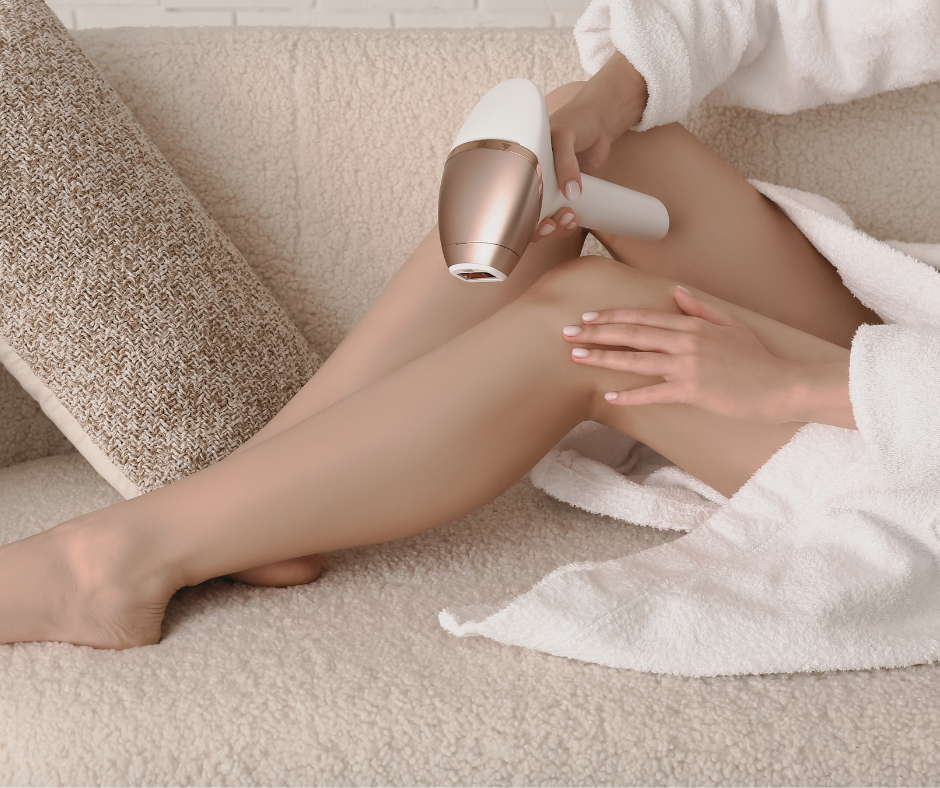

At-home IPL devices, while offering the convenience of personal use, typically operate at lower energy levels compared to their professional counterparts. This results in a reduction in their overall effectiveness.
While an at-home device is capable of achieving noticeable hair reduction and skin improvements, these devices generally require more frequent and prolonged use to match the results of professional treatments. Additionally, the effectiveness of at-home IPL devices is highly dependent on the user’s skin and hair type, with the best results typically seen in individuals with lighter skin and darker hair. These devices are less effective on dark skin tones with dark hair and light skin with light hair.
User Experiences and Reviews
User experiences with at-home IPL devices vary considerably, reflecting a spectrum from high satisfaction to limited results. Many users report a gradual reduction in hair growth and improvements in skin texture, while others find the results less significant. These variations can be attributed to differences in hair removal device quality, user adherence to treatment protocols, and individual biological responses.
Reviews and case studies available on consumer websites and forums can provide further insights into real-world experiences with these devices. Consumer Reports, Amazon Customer Reviews, and Trustpilot are useful resources for accessing such testimonials. Reading studies published by well-respected cosmetic and clinical research outlets or consulting with a board-certified dermatologist can also provide context.
Guidelines for Safe and Effective At-Home Use
For safe and effective use of at-home IPL devices, users should start by reading the manufacturer’s instructions thoroughly. It is crucial to perform a patch test on a small skin area to check for any adverse reactions before proceeding with full treatment.
Consistent and correct use as directed – typically every few weeks for several months – is key to achieving optimal results. Users should avoid using IPL on tattooed or very dark skin, and those with a history of skin disorders should consult a dermatologist prior to use. Post-treatment care includes avoiding sun exposure and using sunscreen to protect the treated areas.
Final Thoughts on Using IPL Devices at Home
Intense Pulsed Light (IPL) can be effective in professional settings for a range of applications including hair removal, skin rejuvenation, and treatment of vascular lesions and acne. While professional IPL treatments offer higher precision and efficacy, the development of at-home IPL devices has expanded access, allowing for convenient, albeit less potent, treatment options.
These at-home devices, while beneficial for regular maintenance and mild treatments, do not entirely match the intensity and results of professional IPL services. As technology advances, we can anticipate enhancements in IPL’s effectiveness and safety, both in professional and home settings, potentially bridging the gap in results between the two. Future advancements may also expand the suitability of IPL for a broader range of skin and hair types, further solidifying its position as a valuable tool in cosmetic and dermatological care.
As always, we encourage you to consult with an expert before using any beauty device.







